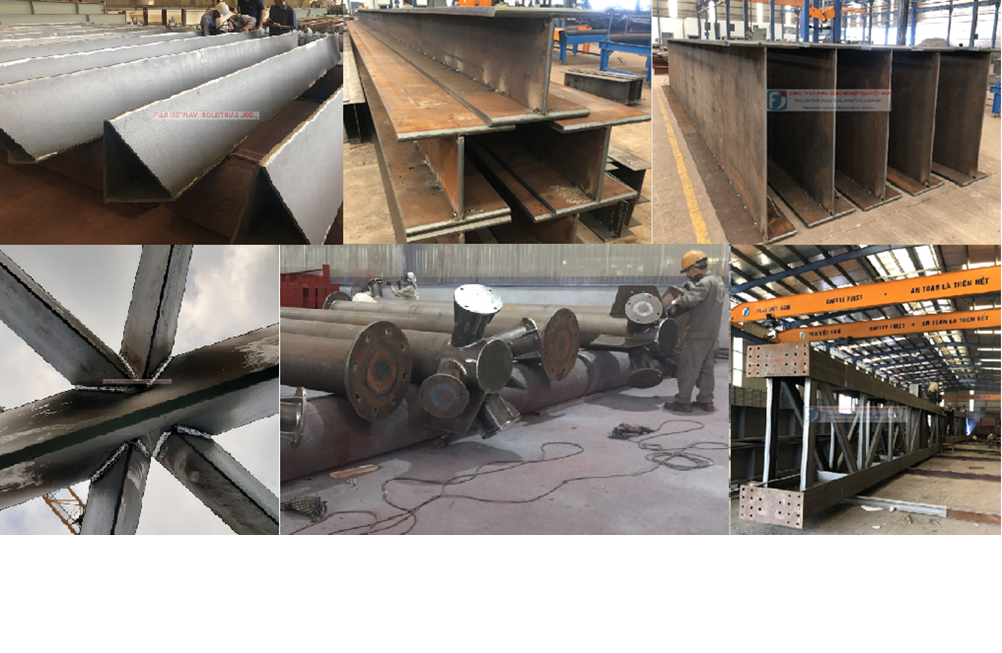Steel Structure Introduction
Steel structure is a structure which is made from the organized combination of custom-designed structural steel members to meet architecture and engineering requirements of users. Steel structure involves sub-structure or members in a building made from structural steel.
Advantages of steel structures
– They are super-quick to build at site, as a lot of work can be pre-fabbed at the factory.
– They are flexible, which makes them very good at resisting dynamic (changing) forces such as wind or earthquake forces.
– A wide range of ready-made structural sections are available, such as I, C, and angle sections
– They can be made to take any kind of shape, and clad with any type of material
– A wide range of joining methods is available, such as bolting, welding, and riveting
Disadvantages of steel structures
– They lose strength at high temperatures, and are susceptible to fire.
– They are prone to corrosion in humid or marine environments.
Various shapes of structural steel
– I-Beam.
– Z-Shape.
– Hollow structural.
– Angle: L-shaped cross section.
– Structural Channels: C-beam or C-shaped cross section.
– T-shaped cross section.
– Rail Profile: Strap rail, Flanged rail, Baulk rail, Barlow rail, Flat bottomed rail, Double-headed rail, Bullhead rail, Tangential turnouts, Grooved rail.
– Bar: a piece of metal, rectangular cross-sectioned and long, but not so wide so as to be called a sheet.
– Rod.
– Plate.
– Open web joists.

Main structural types
– Truss structures.
– Frame structures.
– Grids structures.
– Arch.
– Prestressed structures.
– Beam bridge.
– Truss bridge.
– Arch bridge.
– Cable-stayed bridge.
– Suspension bridge.
